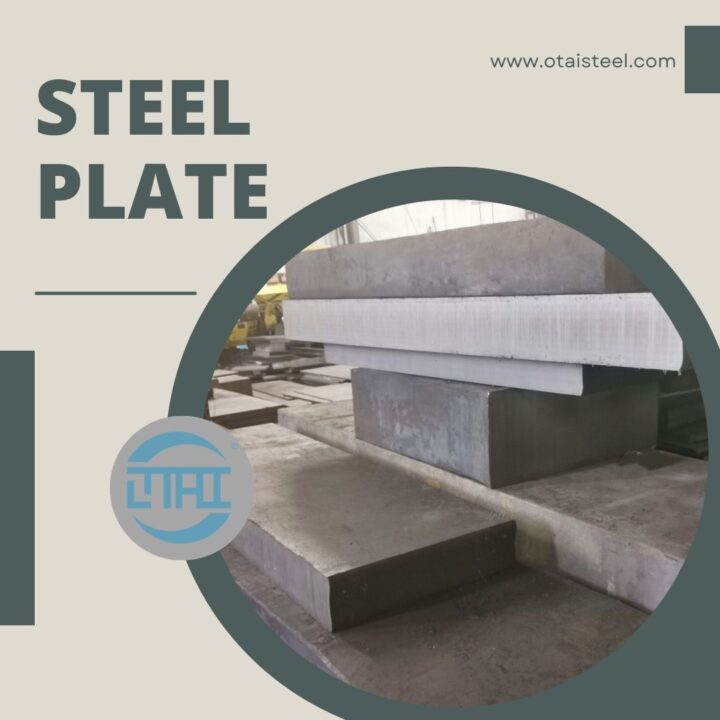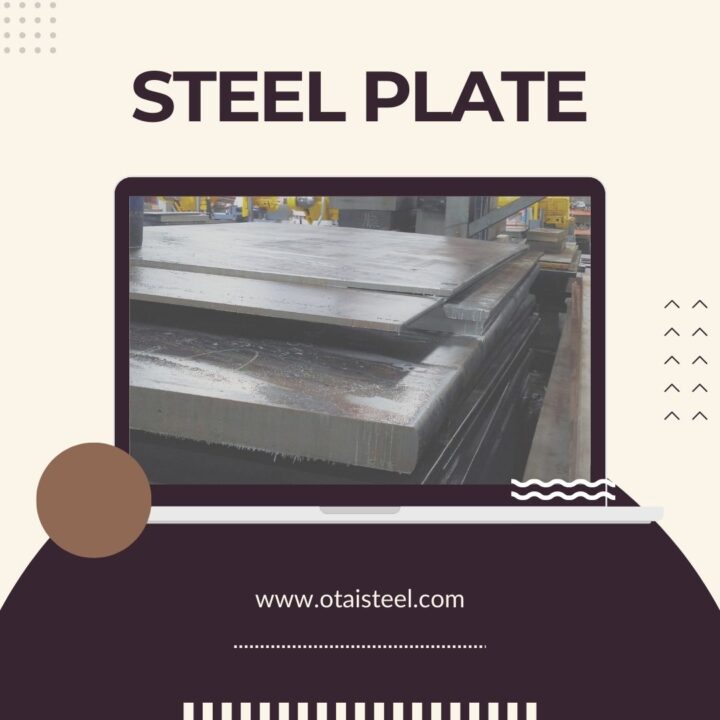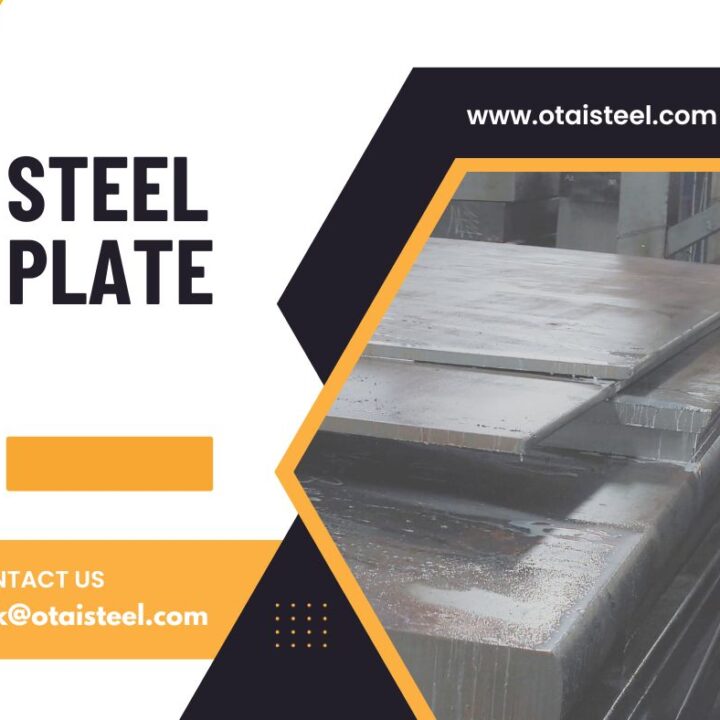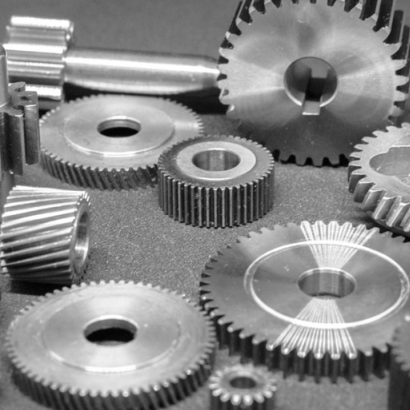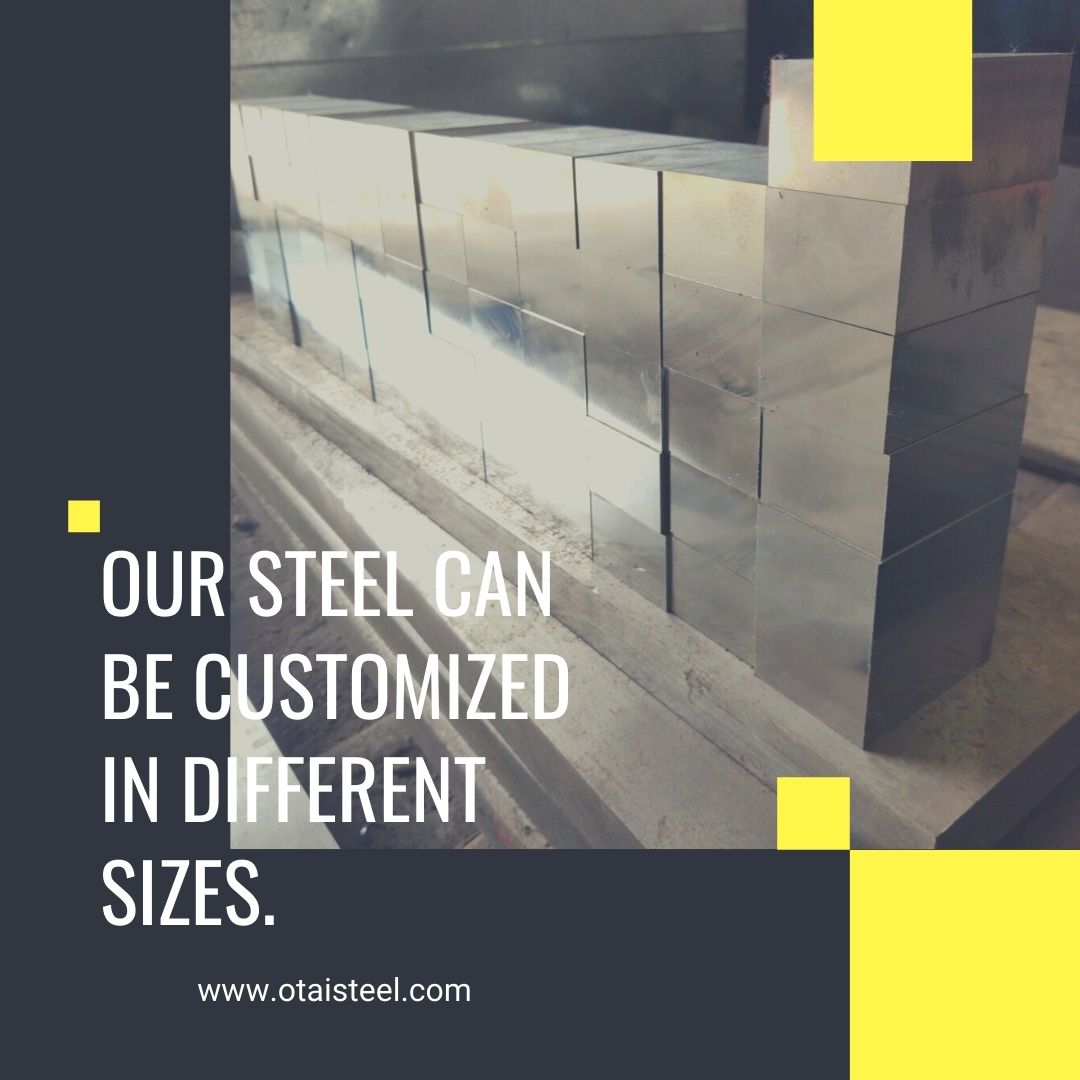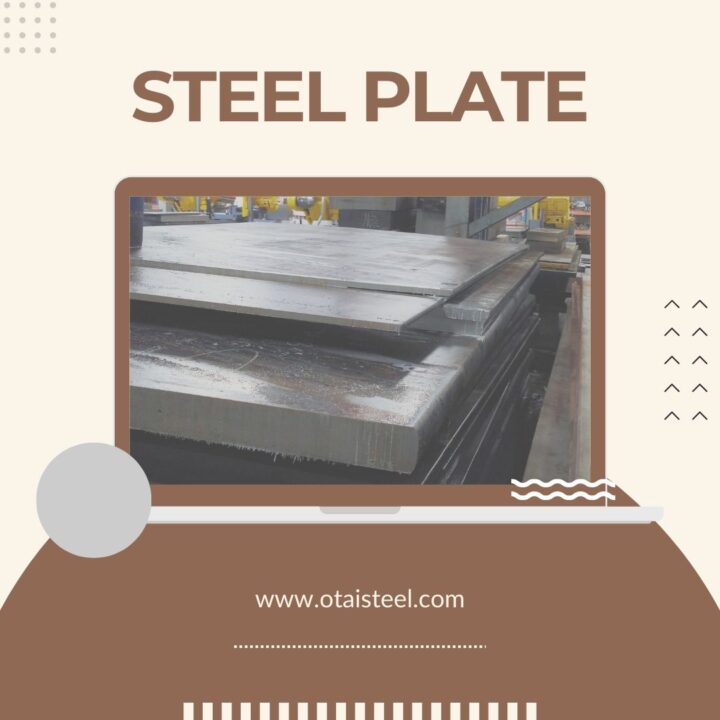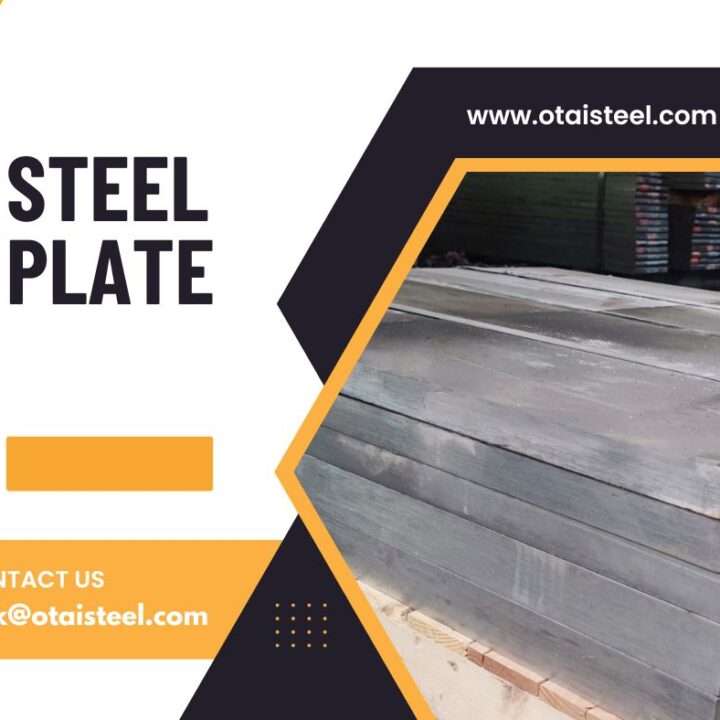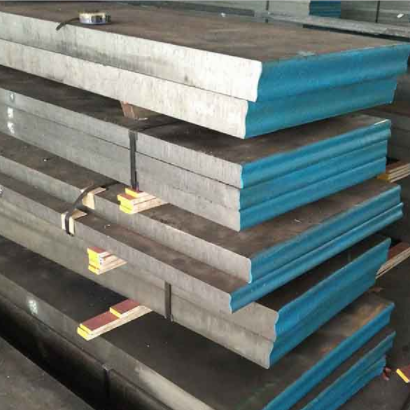30CrNiMo8 steel is a versatile alloy known for its exceptional mechanical properties. In this article, we will delve into the world of 30CrNiMo8 steel equivalents, helping you understand the alloy’s identity and where to find suitable alternatives. (30CrNiMo8 Steel Equivalent)
Chemical Composition
To understand the concept of steel equivalents, we’ll first explore the chemical composition of 30CrNiMo8 steel. This alloy contains a precise blend of elements, including chromium (Cr), nickel (Ni), molybdenum (Mo), and carbon (C). These elements contribute to its unique properties.
Understanding Steel Equivalents
Steel equivalents refer to materials that share similar properties and applications as the original steel. We’ll provide insights into why finding equivalents is important and how it aids in material selection.
Finding the Equivalent to 30CrNiMo8
Identifying the equivalent steel to 30CrNiMo8 involves considering factors like composition, mechanical properties, and intended use. We’ll guide you through the process of finding suitable alternatives.
Tensile Strength and Toughness
The tensile strength and toughness of 30CrNiMo8 equivalents play a crucial role in their suitability for various applications. We’ll discuss how these properties affect performance.
Applications in Engineering
Steel equivalents find applications in engineering across various industries. We’ll explore the sectors where these materials are commonly used.
Heat Treatment and Machinability
Understanding the heat-treatable nature and machinability of equivalent steels is essential for tailoring them to specific requirements.
Weldability and Fabrication
Weldability and fabrication characteristics are vital for industries that rely on these processes. We’ll provide insights into how equivalent steels perform in welding and fabrication.
Corrosion Resistance
While not stainless steel, some equivalents exhibit corrosion resistance to varying degrees. We’ll discuss this aspect and its implications.
Comparison with Other Alloys
Comparing 30CrNiMo8 equivalents with other alloy steels helps in making informed material choices. We’ll explore these comparisons to assist you further.
Advantages and Disadvantages
Just like any material, steel equivalents have their strengths and weaknesses. We’ll discuss the advantages and disadvantages to aid in decision-making.
Industries Using 30CrNiMo8 Equivalent Steel
From aerospace to automotive, multiple industries rely on steel equivalents. We’ll highlight the sectors where these materials are indispensable.
Maintenance and Care
Proper maintenance is crucial for maximizing the lifespan of components made from equivalent steels. We’ll provide recommendations for their care.
Safety Considerations
Working with materials like 30CrNiMo8 equivalents requires safety precautions. We’ll outline essential safety measures for handling these alloys.
Future Trends
The field of materials science is continually evolving. We’ll explore potential future trends and innovations related to steel equivalents.
